The Institute for Digital Arts & Humanities (IDAH) supports the critical appropriation and critique of technologies and the use of digitally-inflected methods as they intersect with and alter humanities teaching and research and artistic creation. To do this effectively, IDAH looks to artistic and scholarly disciplinary communities like the ones quoted above to ensure that we align our services in support of existing and emerging digital arts and humanities endeavors. To do this meaningfully, IDAH seeks to collaborate with faculty, students, and staff and partner with multidisciplinary research centers, cultural heritage and memory institutions, and technology units across campus and beyond. IDAH strives to provide a welcoming front door and a safe space to explore, experiment with, and implement digital projects by fostering a building-blocks approach to training and knowledge-sharing, providing input on research questions and creative goals, encouraging innovative approaches to traditional humanities scholarship and artistic production, and guiding open access and open research endeavors, when appropriate.
The events of 2020—ranging from policy brutality and human rights violations targeting Black, Brown and Indigenous people to professional and personal disruptions and disenfranchisement caused by the COVID-19 pandemic—cannot be ignored as we consider the next three years of our Institute. We have expanded our mission, values and goals to make more explicit work we value in uplifting underrepresented voices and in challenging systemic issues to ensure that people pursuing digital projects are supported, recognized, and respected as a whole. We recognize the pitfalls of technology in this work, but also the affordances that can extend digital arts and humanities projects to the wider public.
IDAH was fortunate that, in the lead up to this period of significant external social and academic upheaval, we were able to make a relatively seamless transition to a new model of directorship. The Council for Library and Information Resources (CLIR) points out in their 2010 Survey of Digital Humanities Centers in the United States that "as the [digital humanities] centers mature, many are experiencing the 'first-generation' transfer of leadership from the centers’ founders. Smooth leadership transitions are directly related to how well the center is positioned financially and politically within its larger infrastructure."
IDAH has remained ahead of the curve at this critical juncture through complementary co-directorship appointments. We are uniquely situated to serve the needs of Indiana University. Dr. Kalani Craig’s experience off the tenure-track blends digital-methods research with an emphasis on innovative pedagogical research. Associate librarian Michelle Dalmau brings digital-methods research to bear in the support of digital publishing and preservation needs, the navigation of best practices for digital scholarship more broadly, and assistance for our constituents as they navigate unique challenges in building sustainable digital projects across a wide variety of academic fields. These complementary skillsets, which overlap in key research areas and diverge in similarly key service and teaching arenas, allow the Institute to better reach a broader audience base. IDAH is equally at home in assisting clinical faculty and associate instructors in the classroom as we are supporting the research aims of PhD candidates and faculty researchers as they explore their digital-methods work. The result is a digital-arts-and-humanities center that is more readily positioned to support both aspects of IU’s joint teaching and research mission. This model of leadership allows us to be more agile in supporting our faculty and students as they explore the intersection of “digital” and the arts and humanities. It offers our constituents a flexible and safe environment as they explore ideas, blend established practices with inventive digital methods, pilot brand-new pedagogical projects, and remix their research for the digital age.


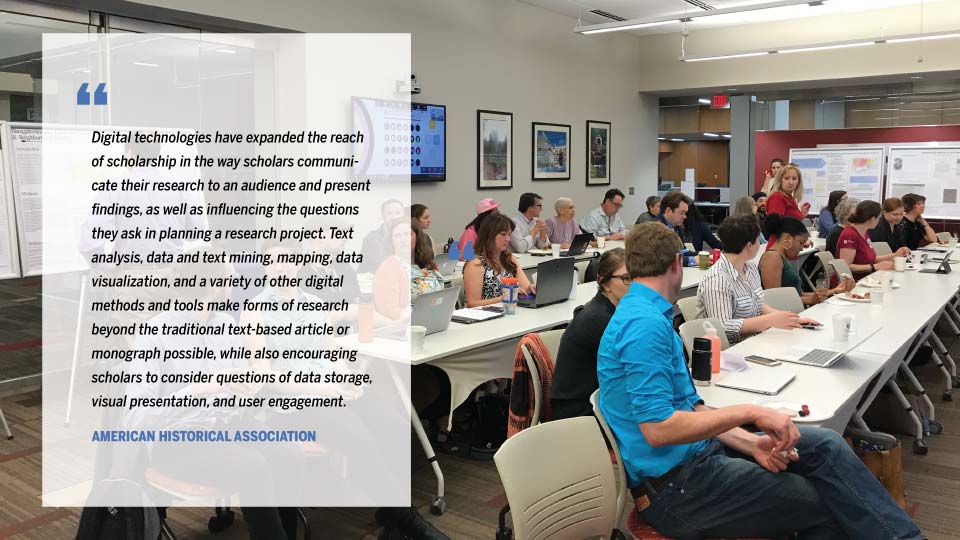
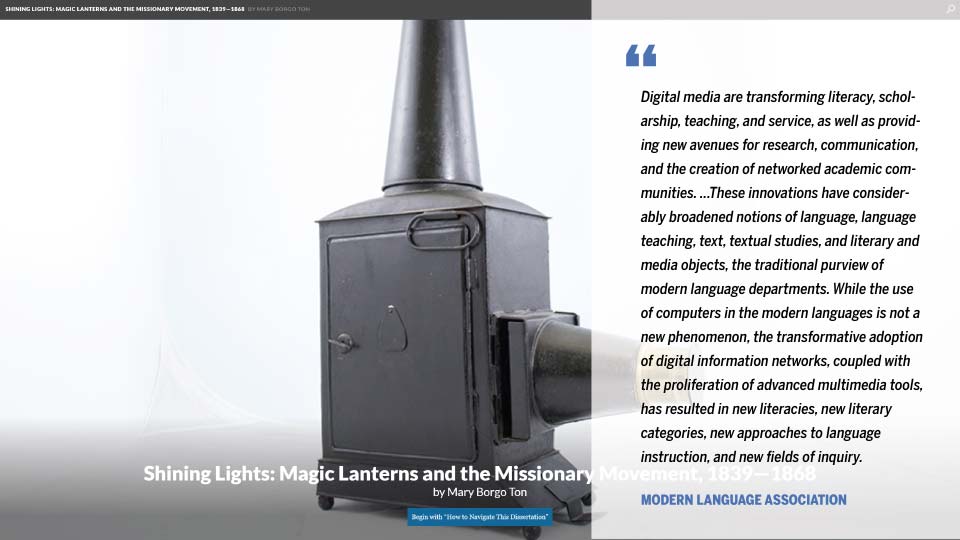
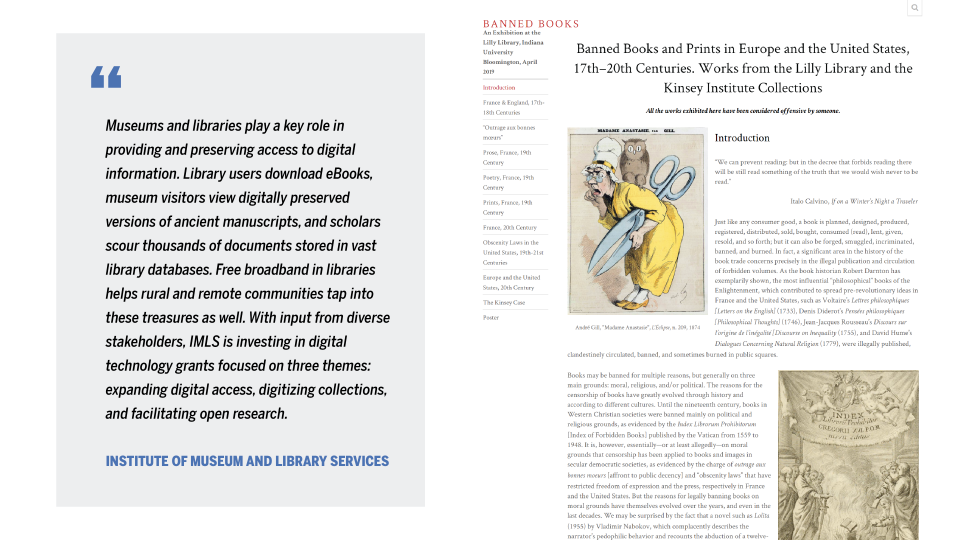
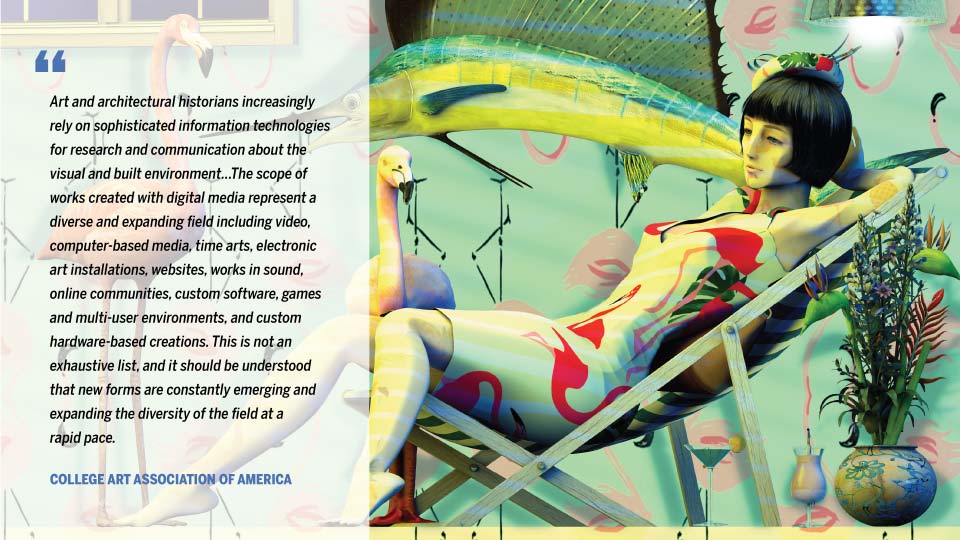
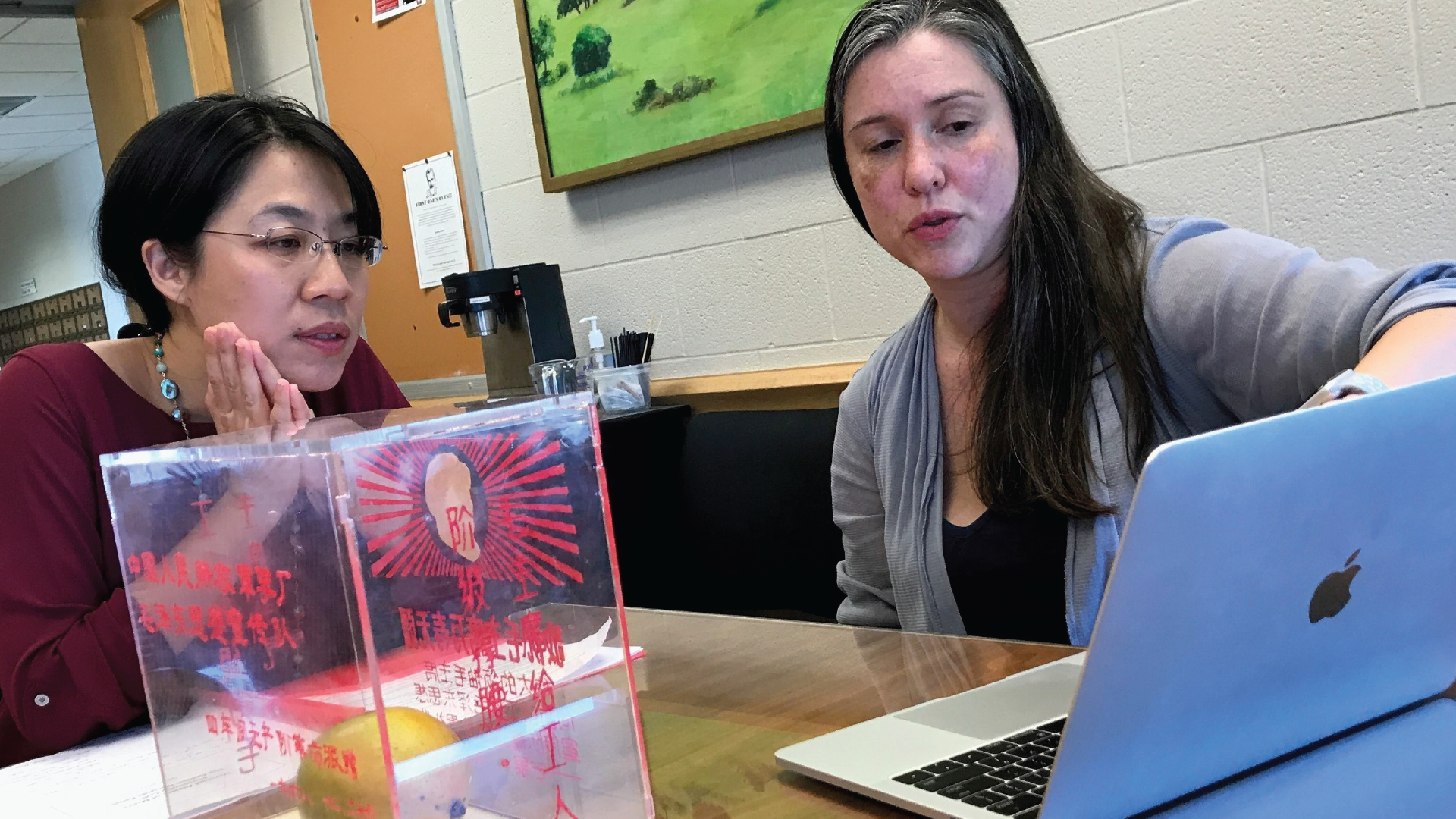
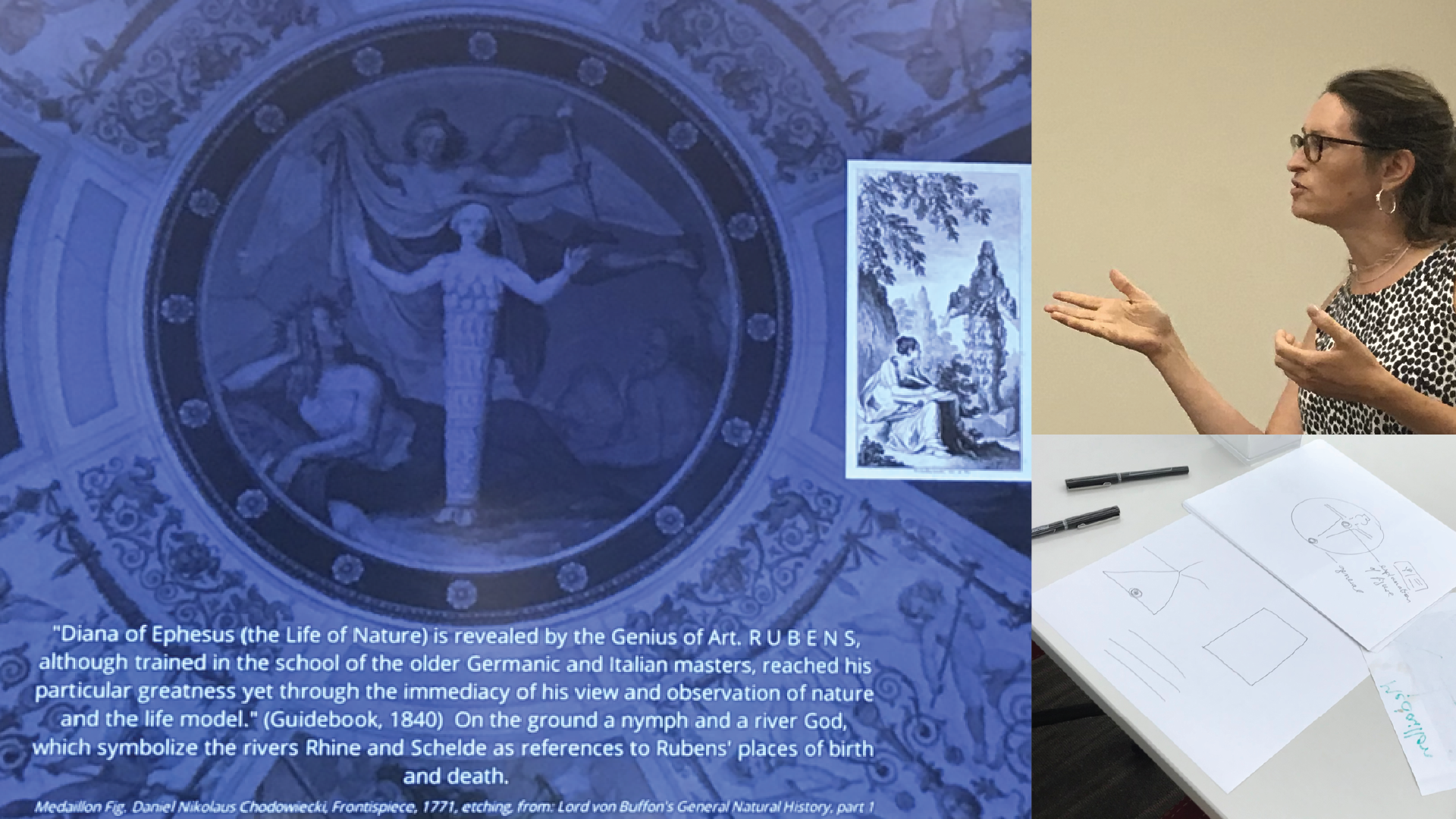

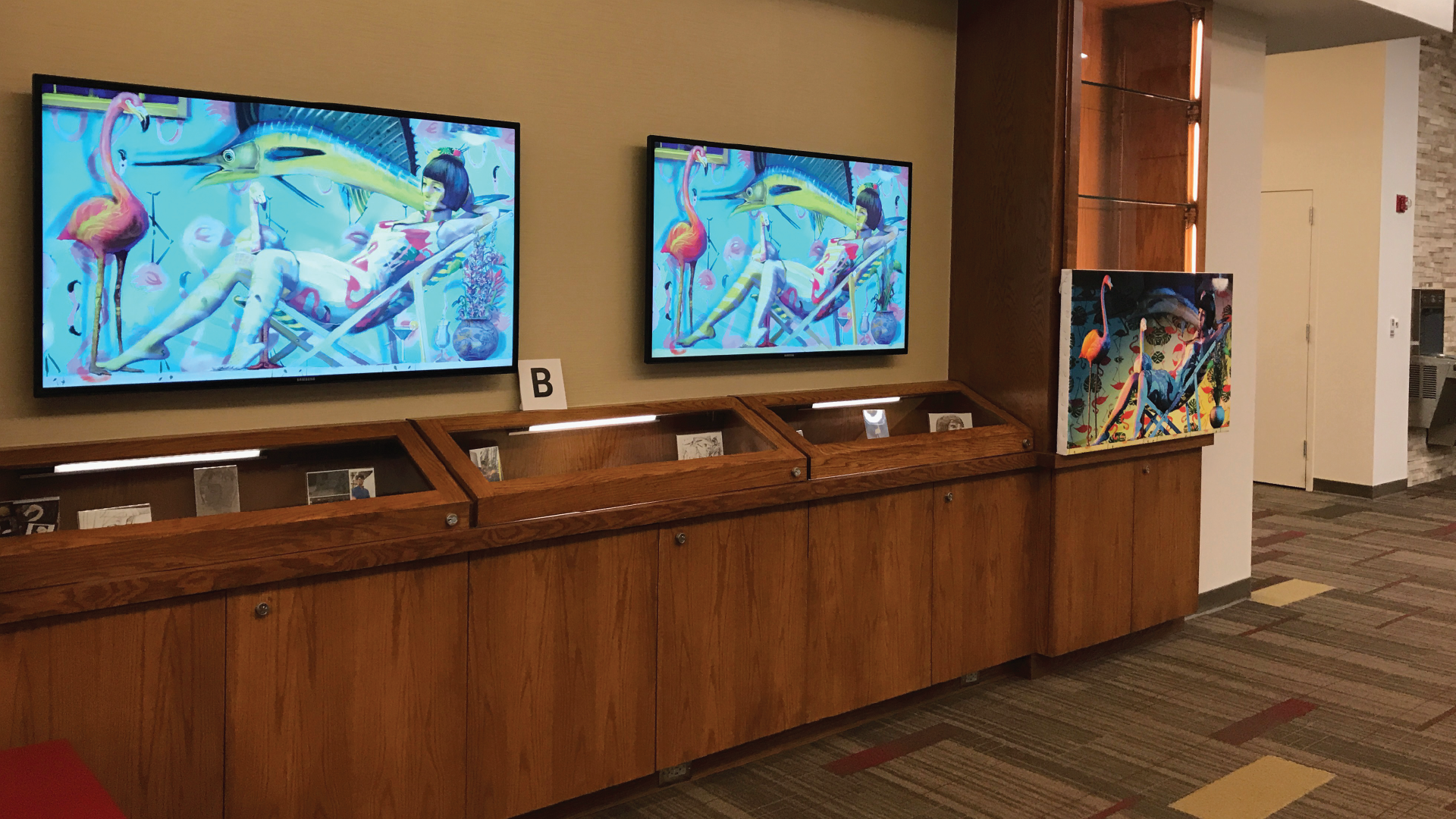
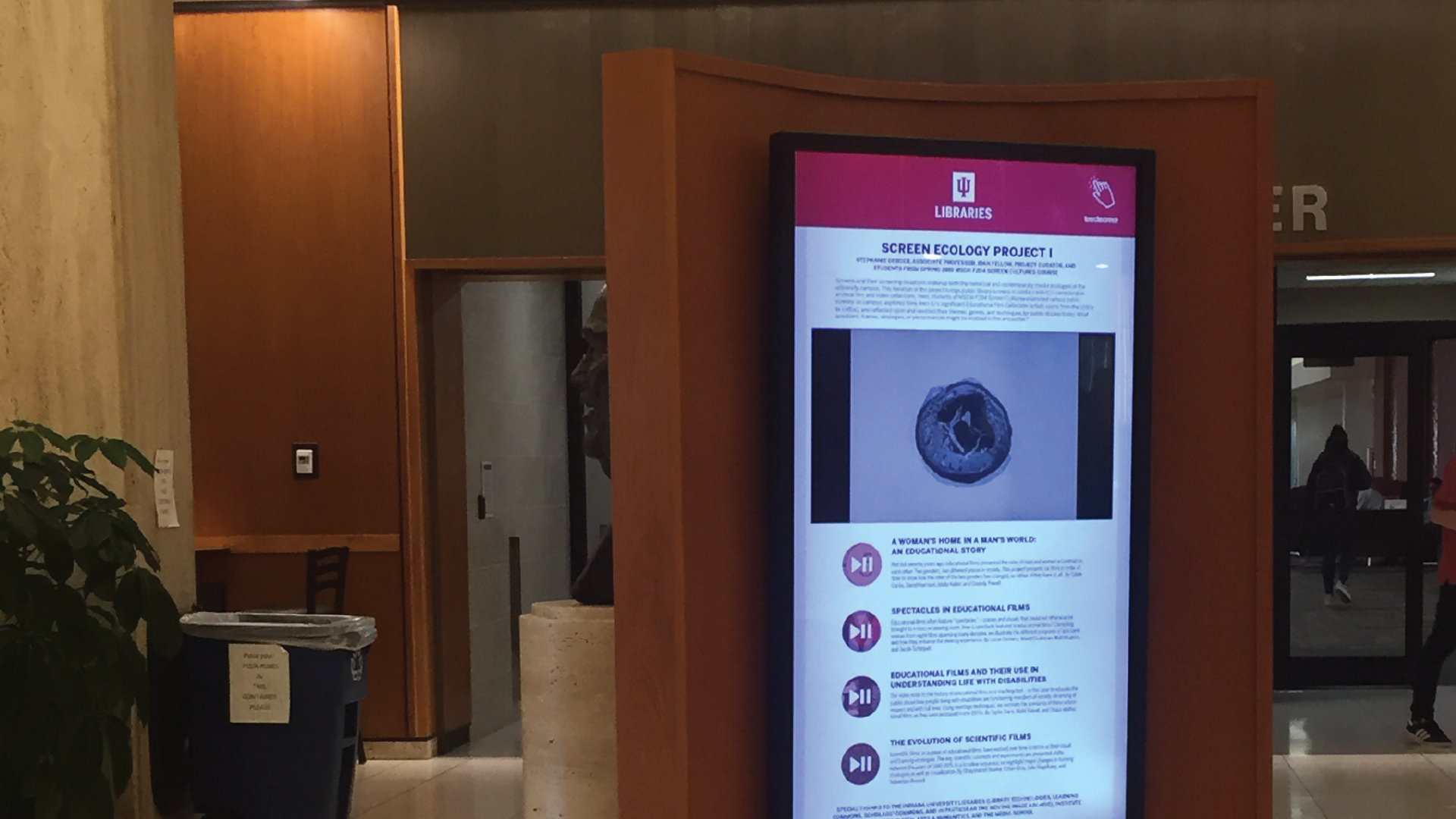
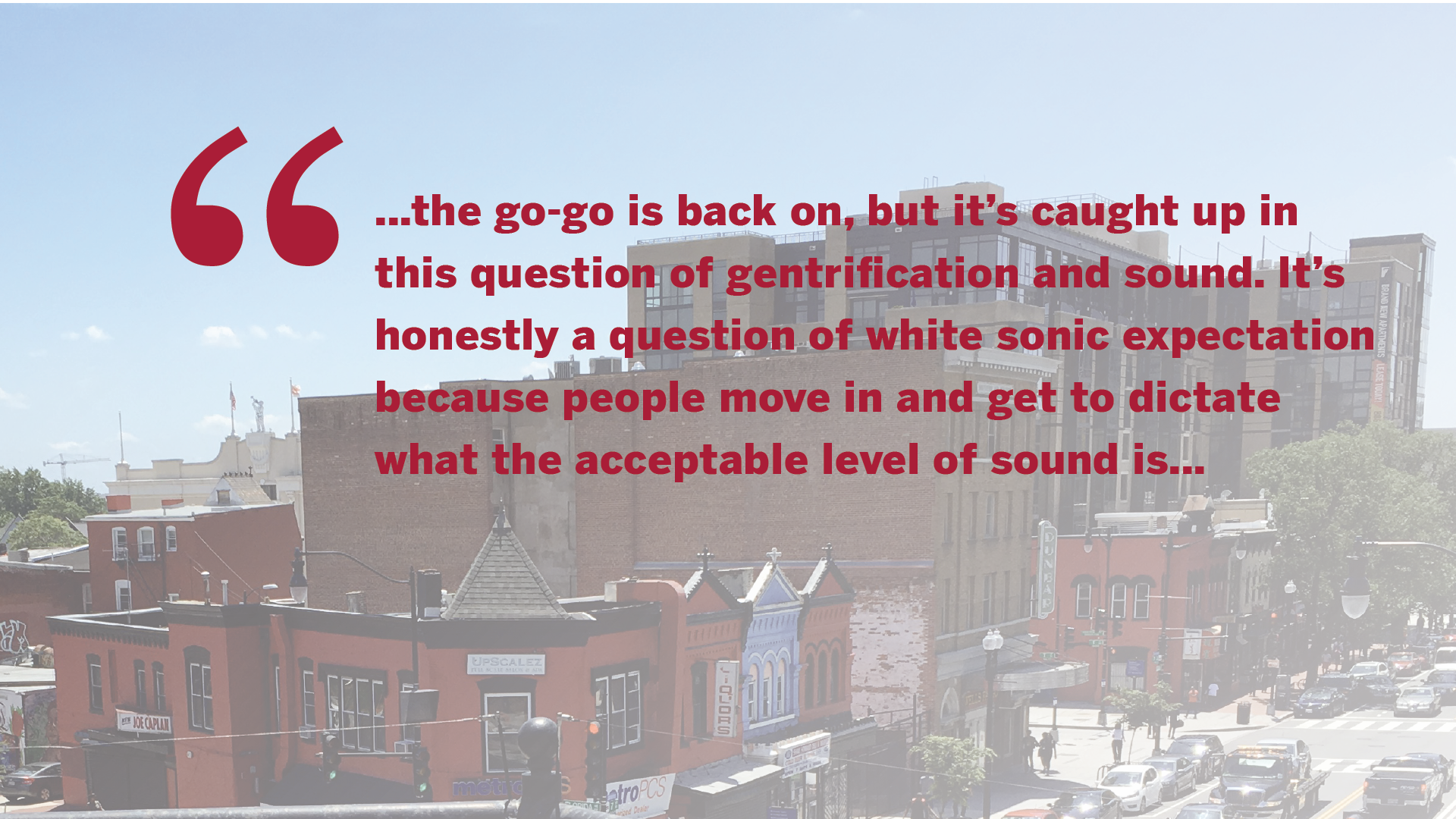
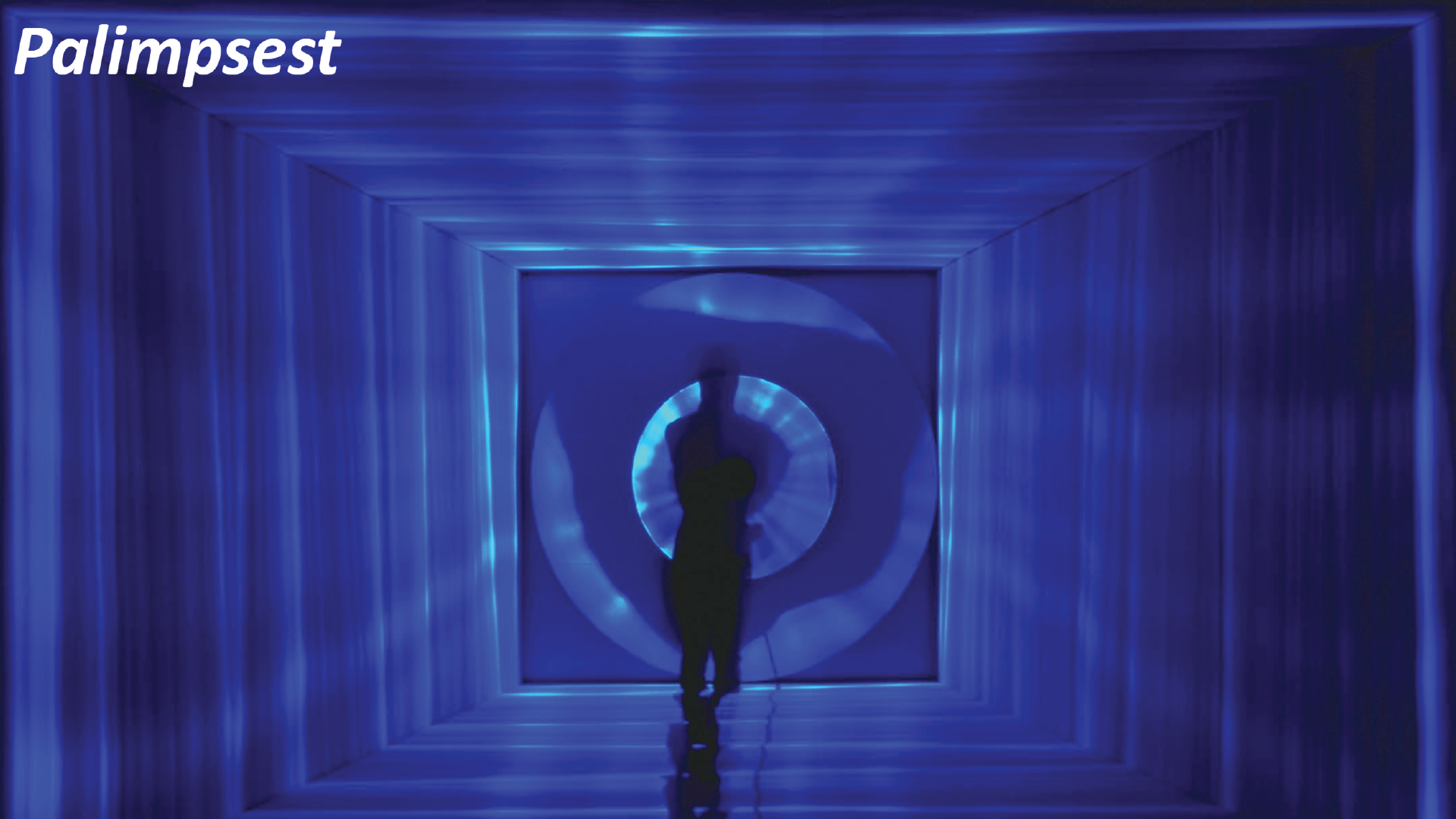
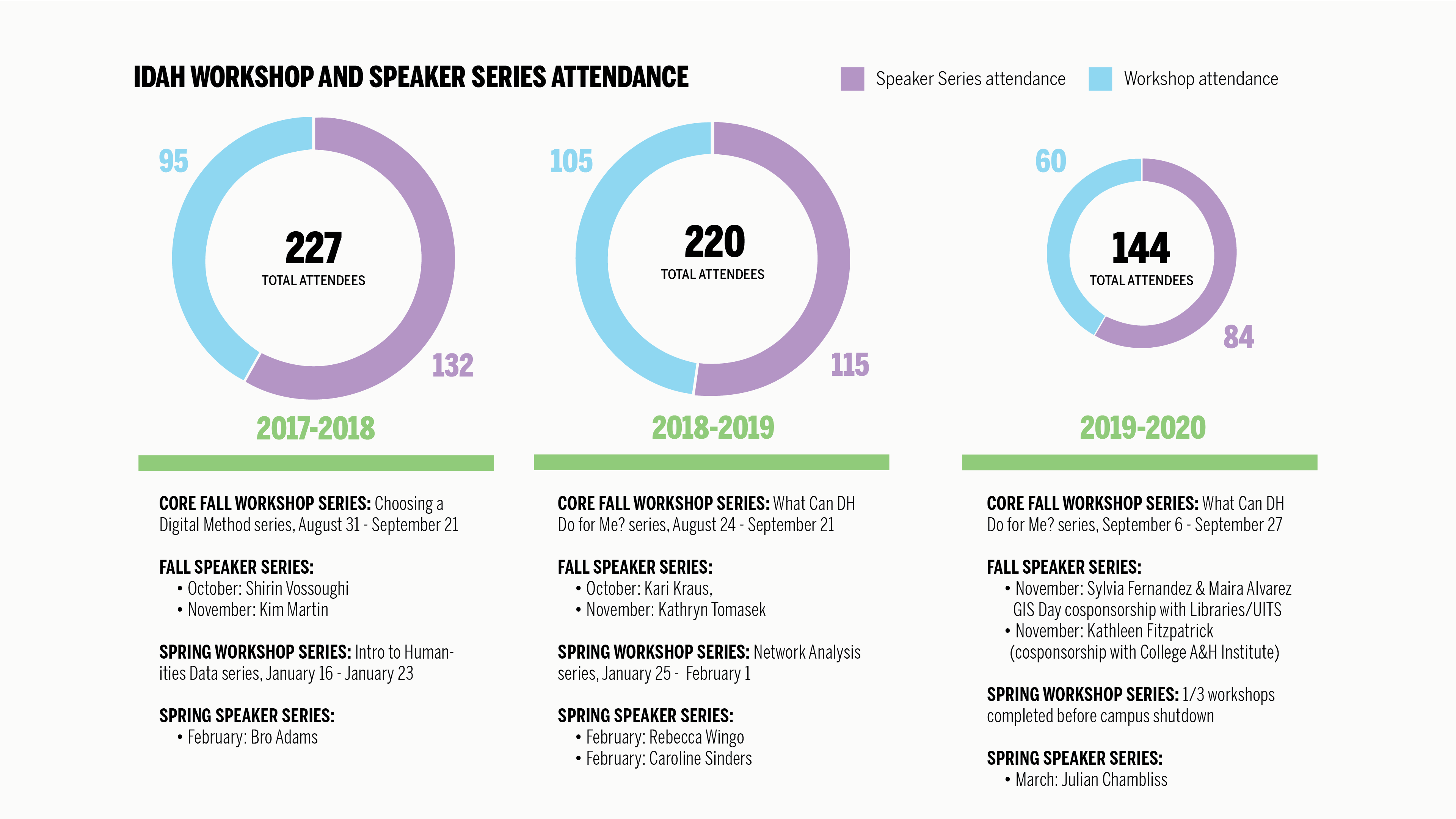


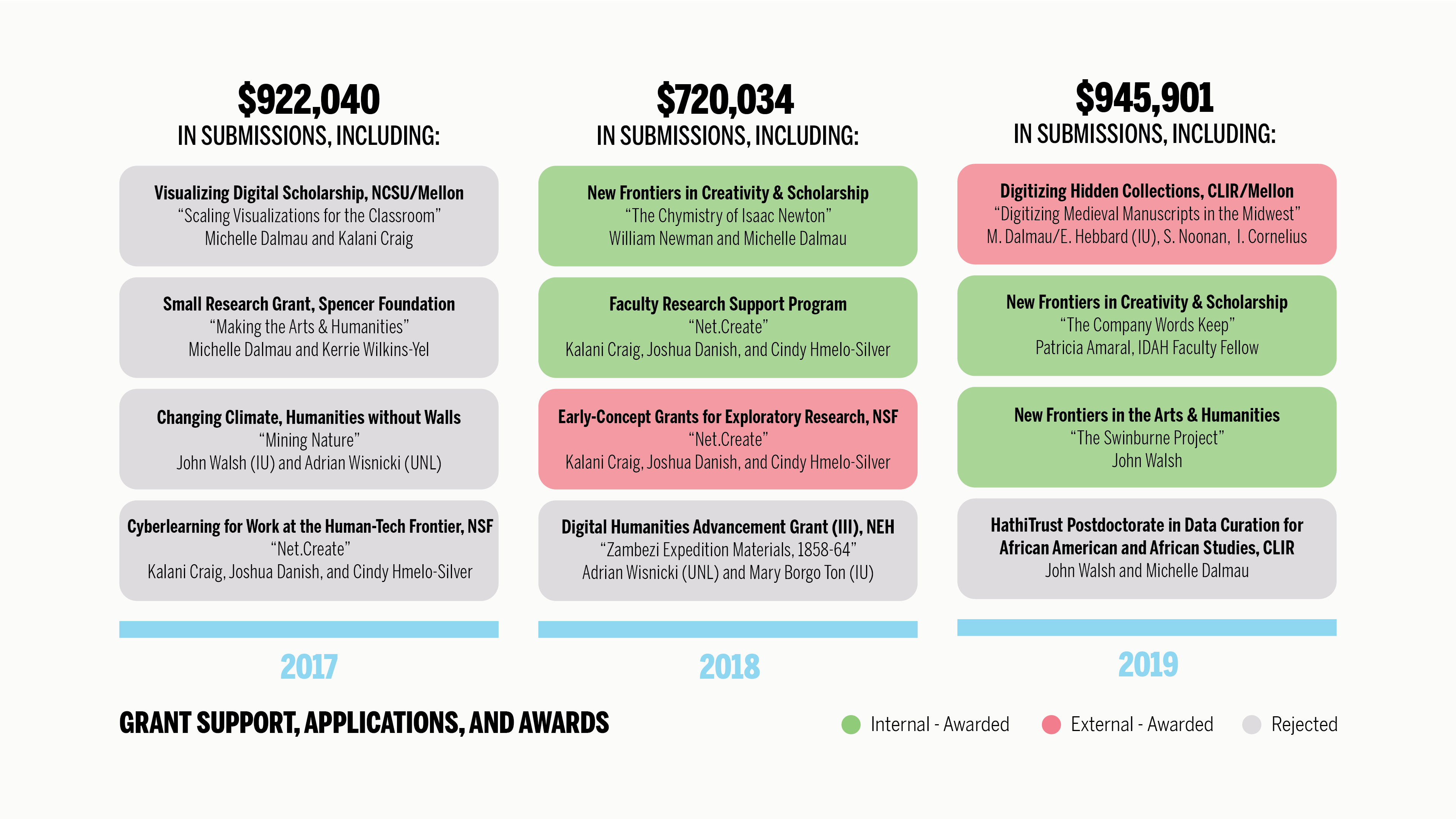
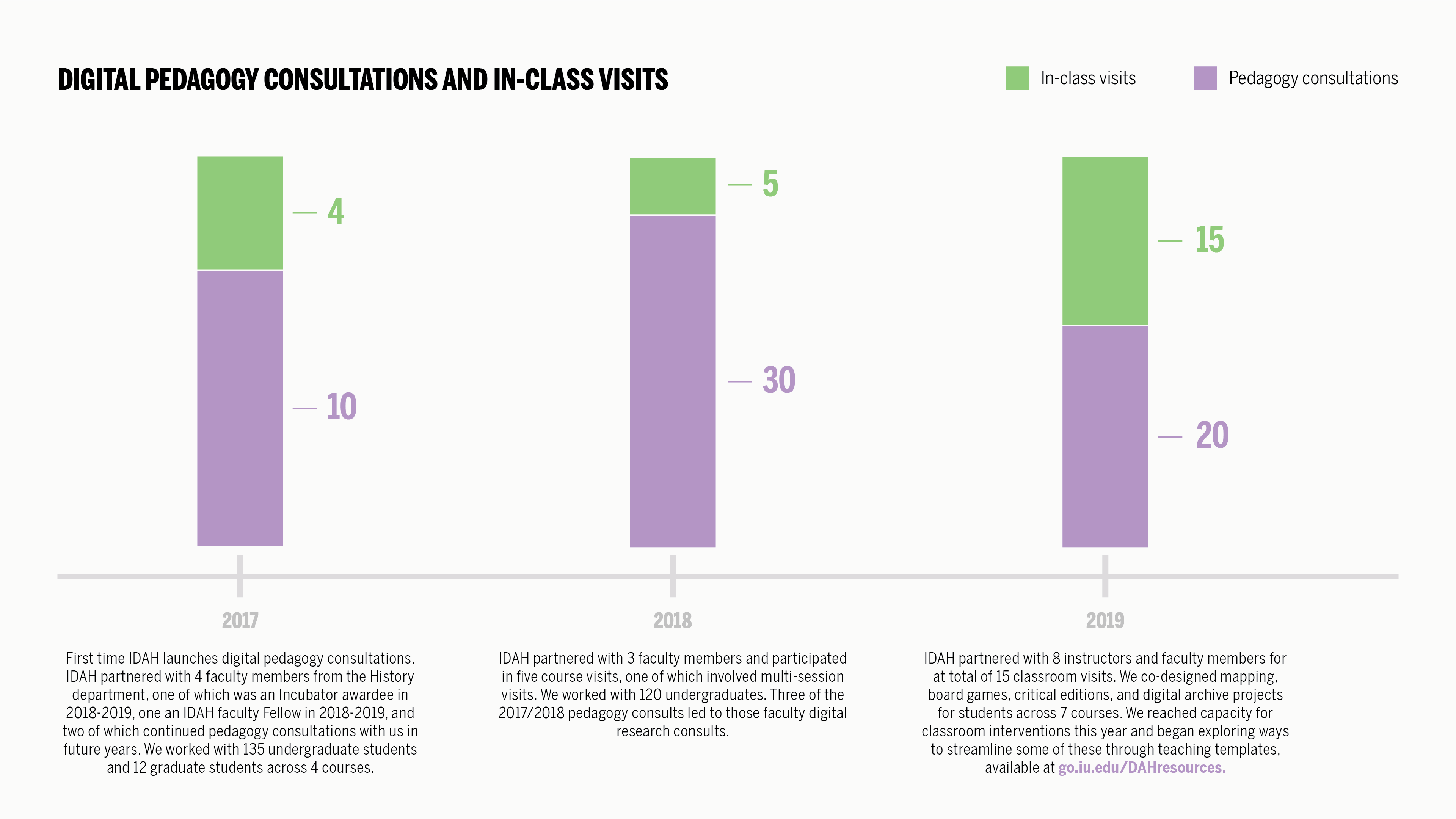
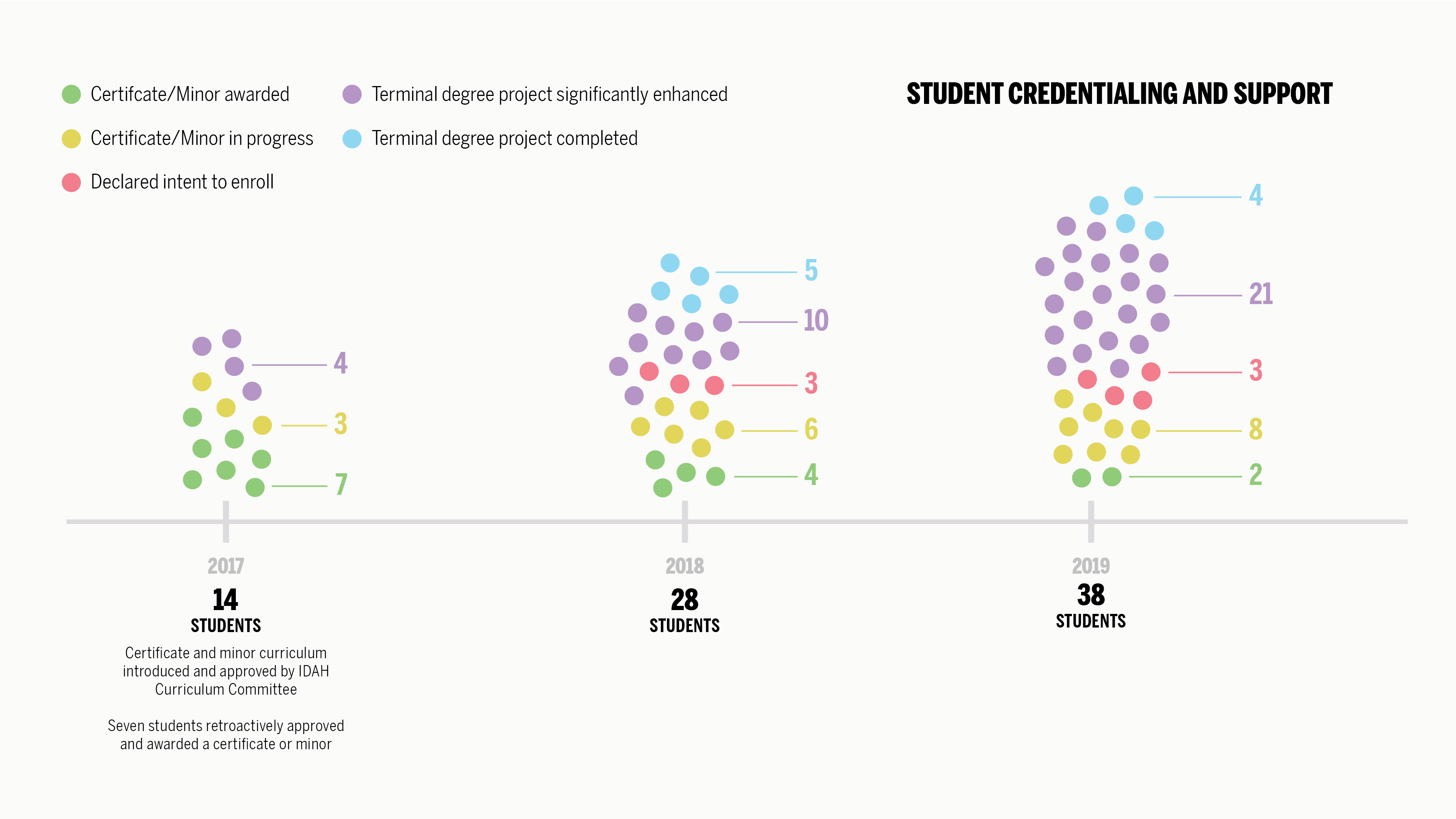
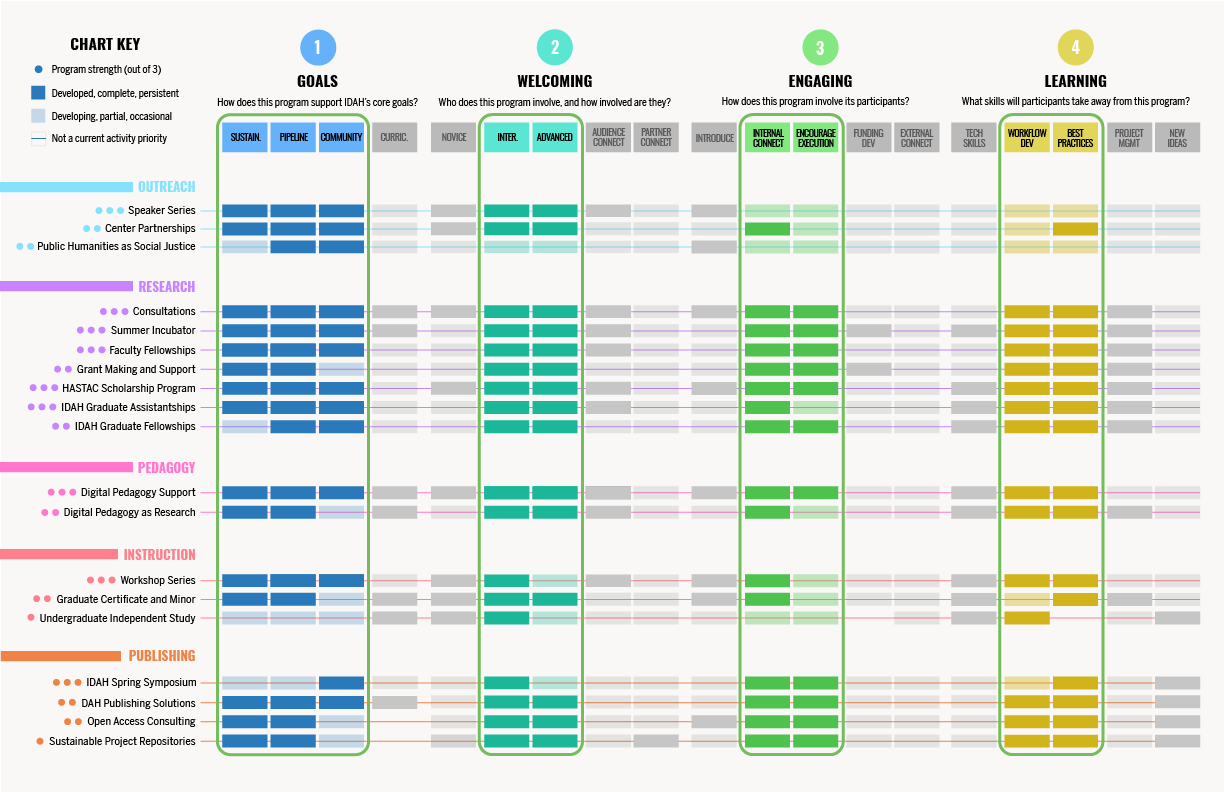
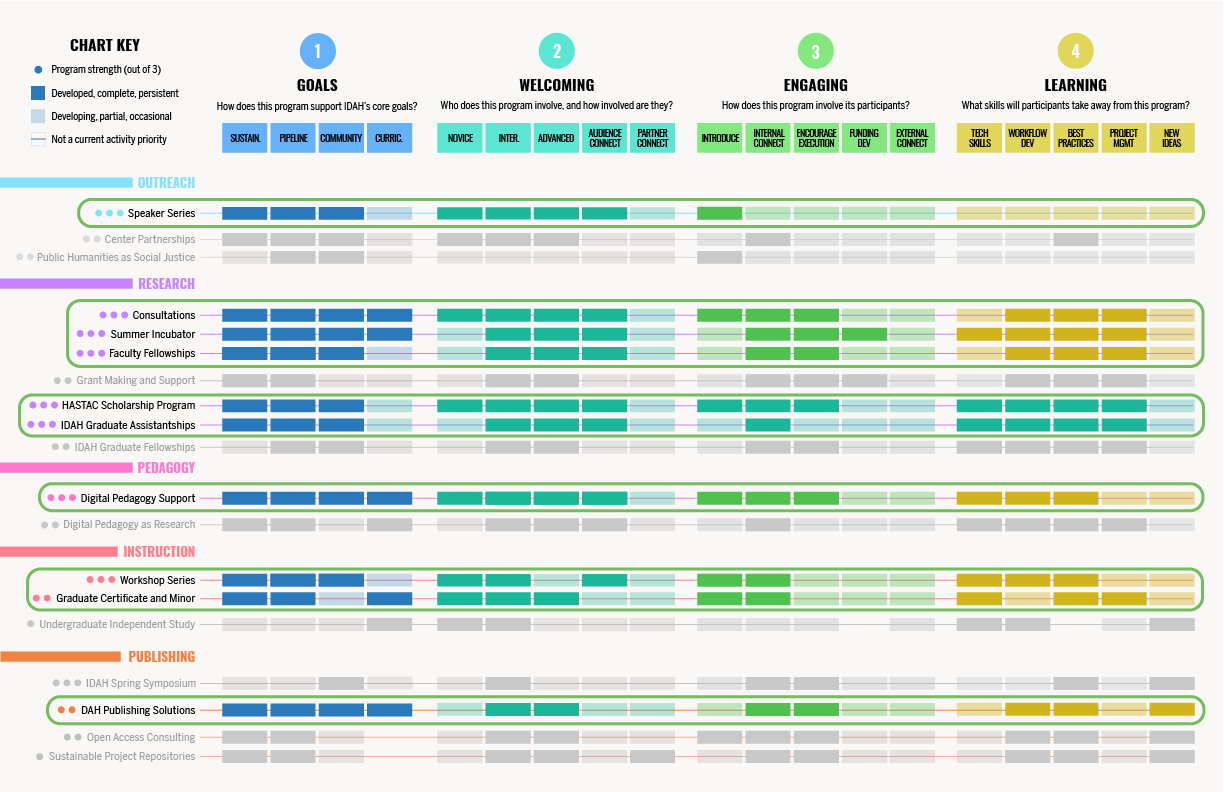
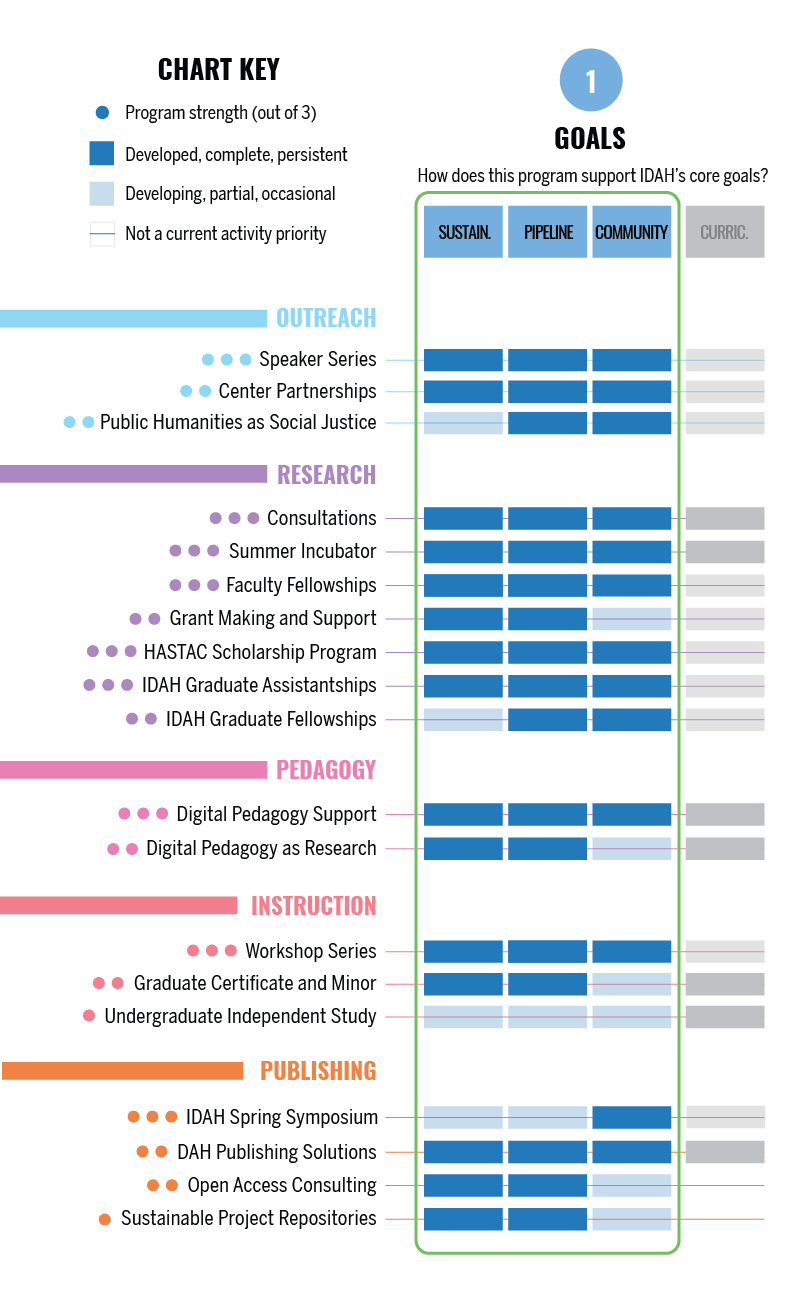
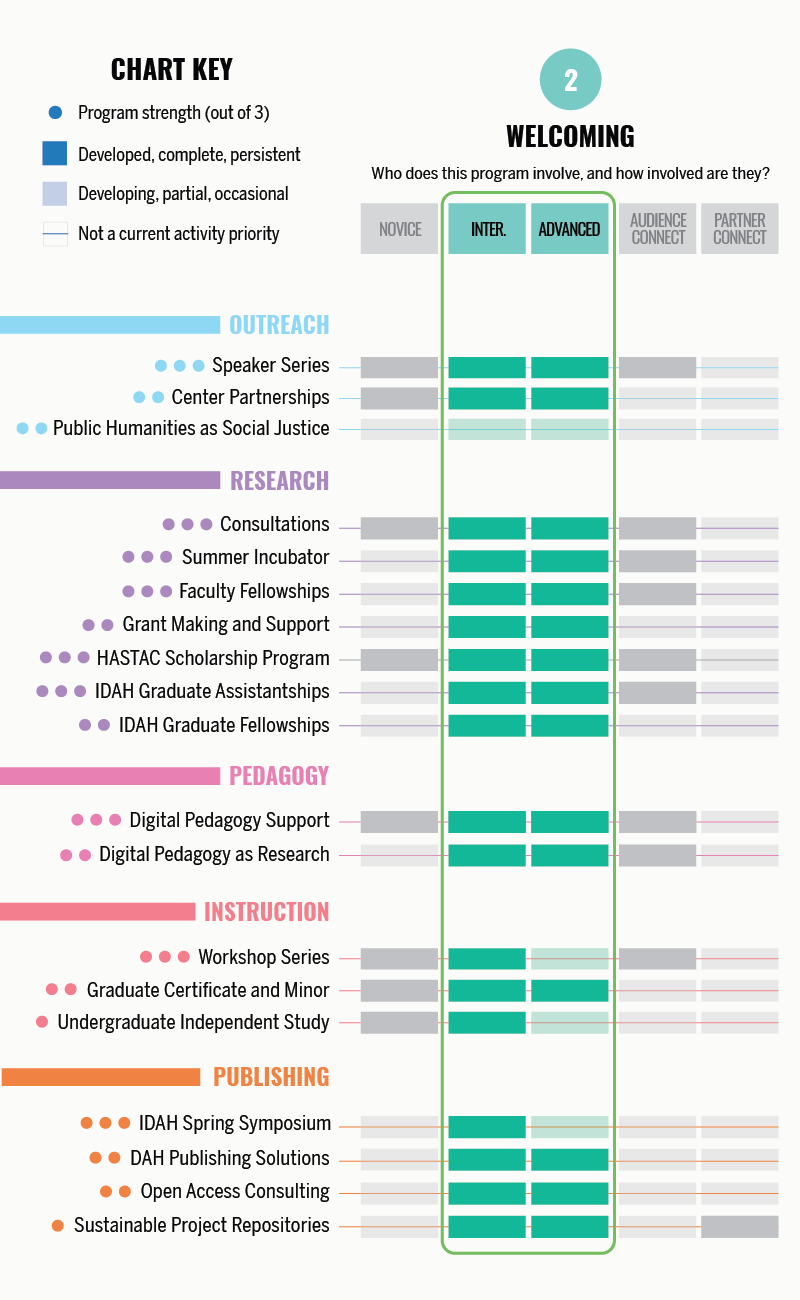
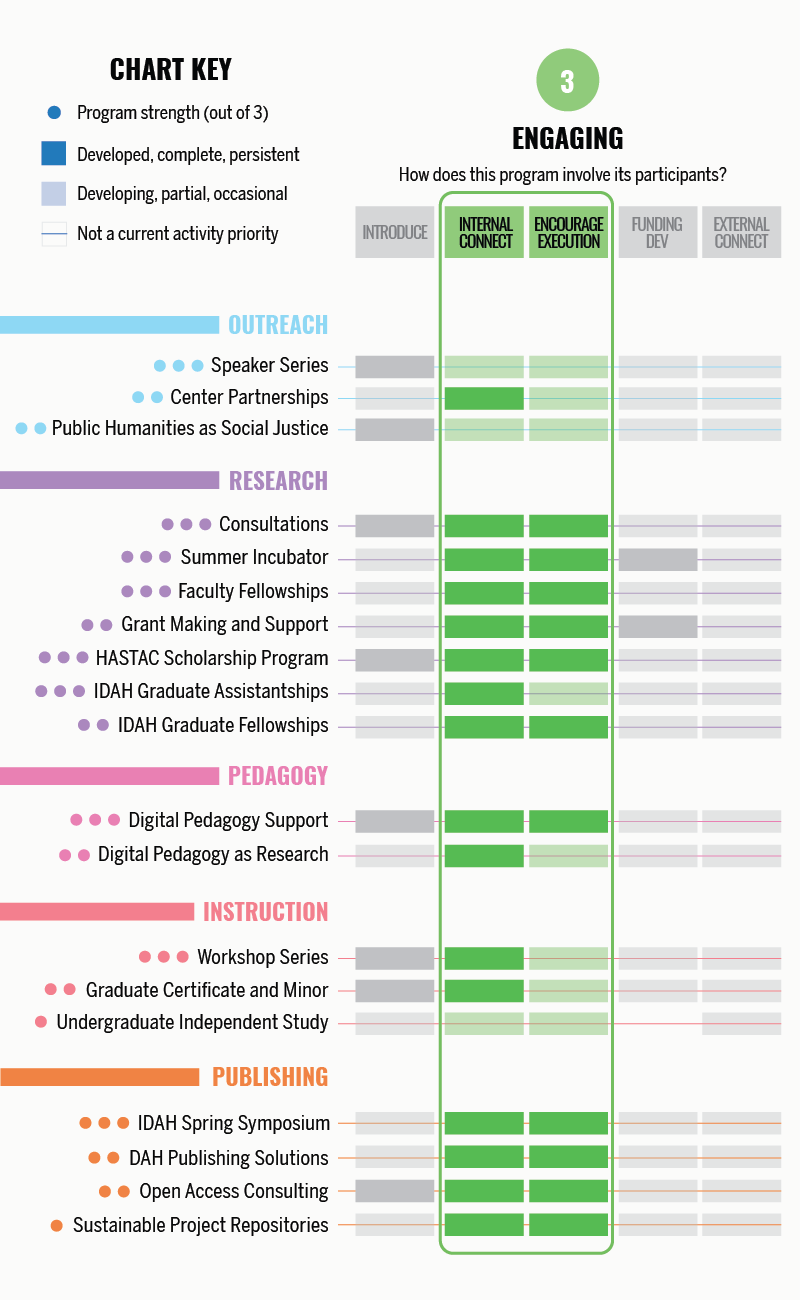
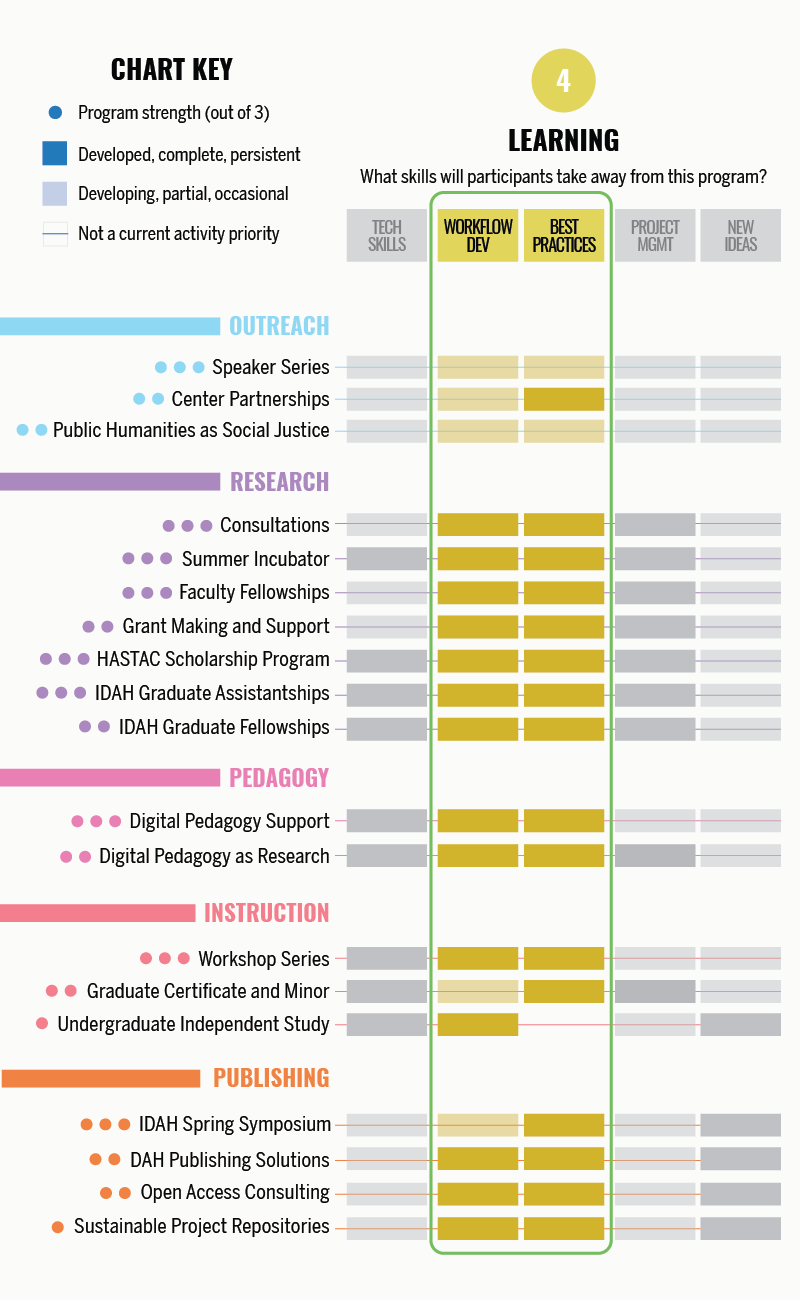





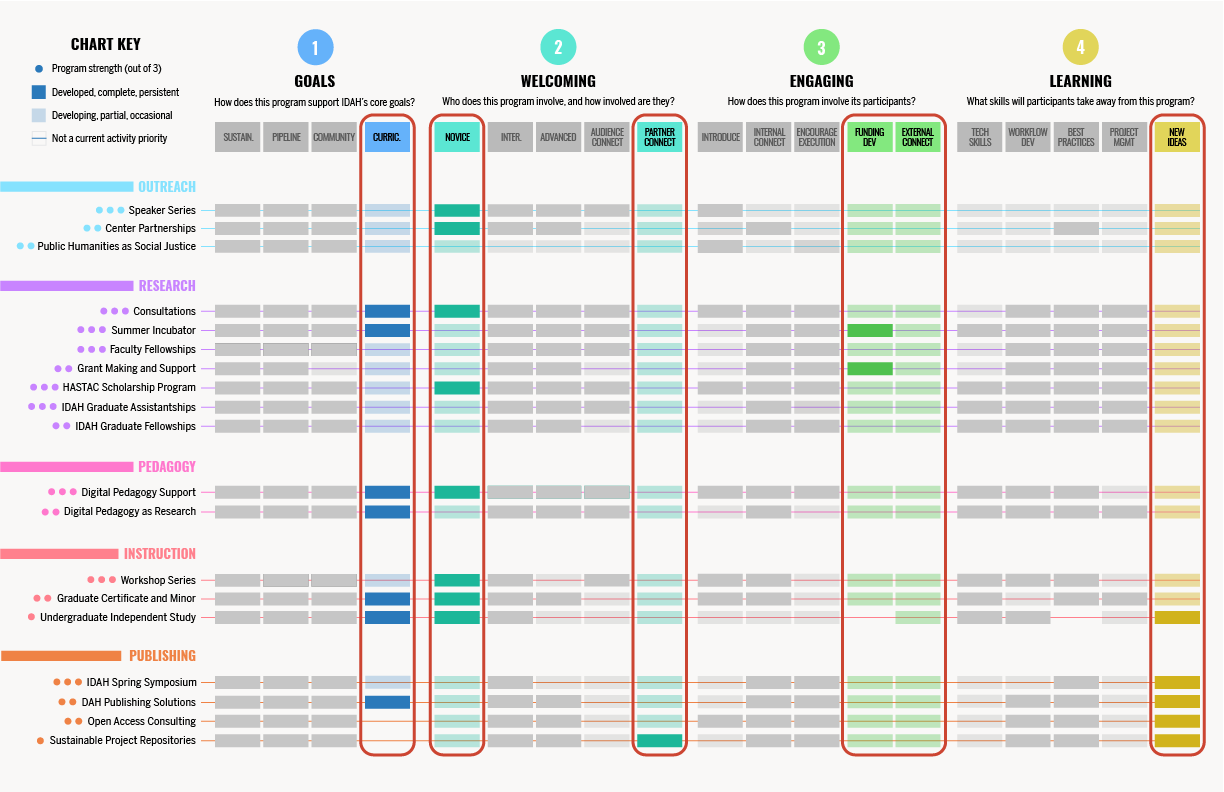
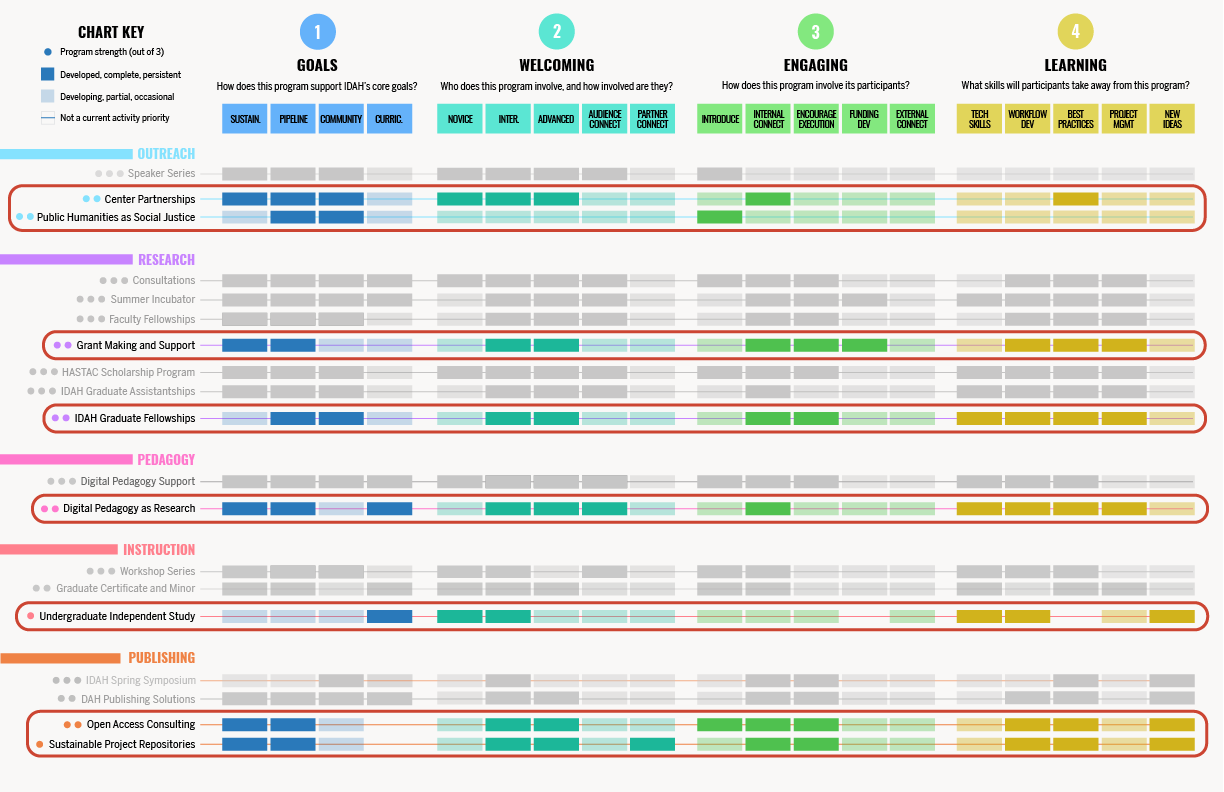
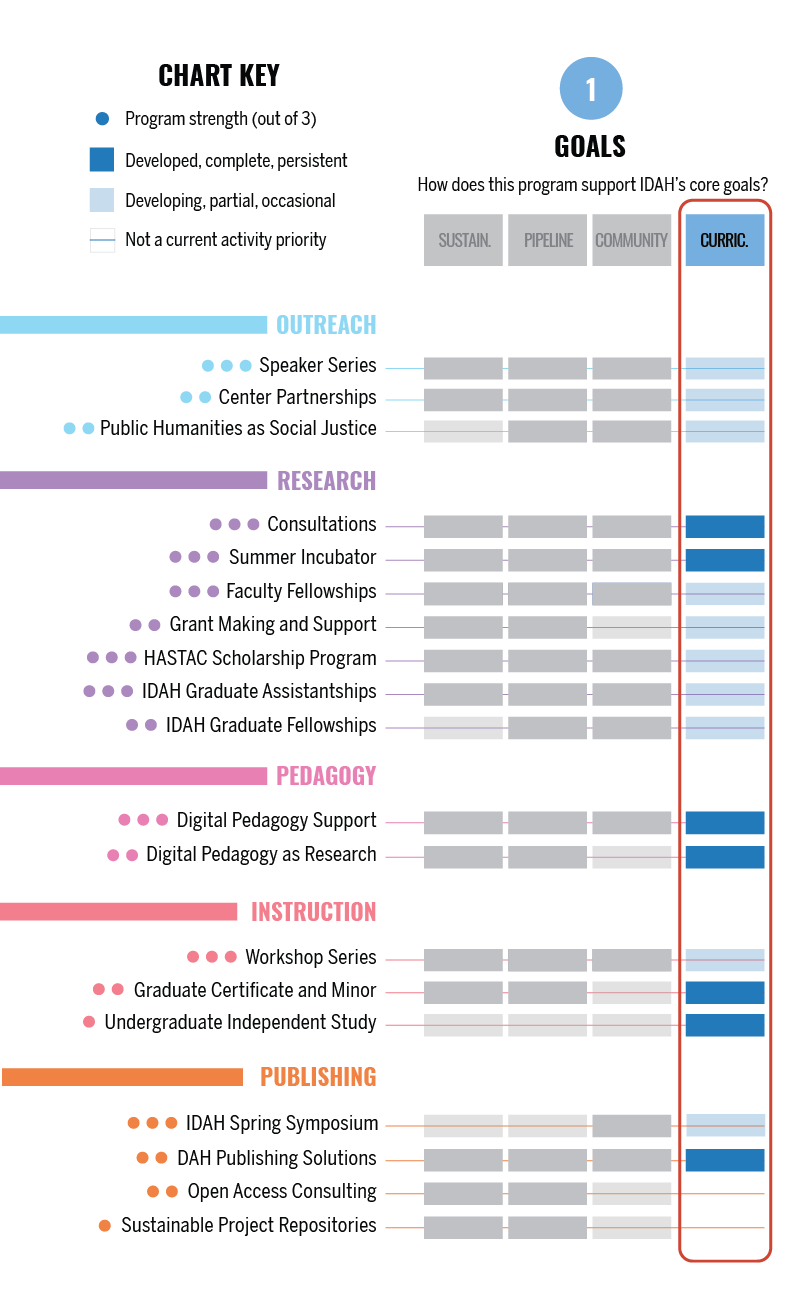



 CENTER PARNTERSHIP DEVELOPMENT
CENTER PARNTERSHIP DEVELOPMENT


